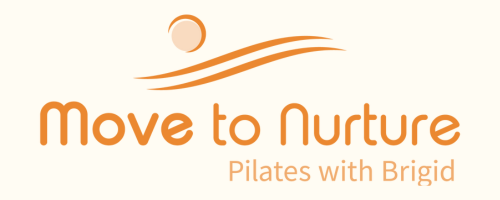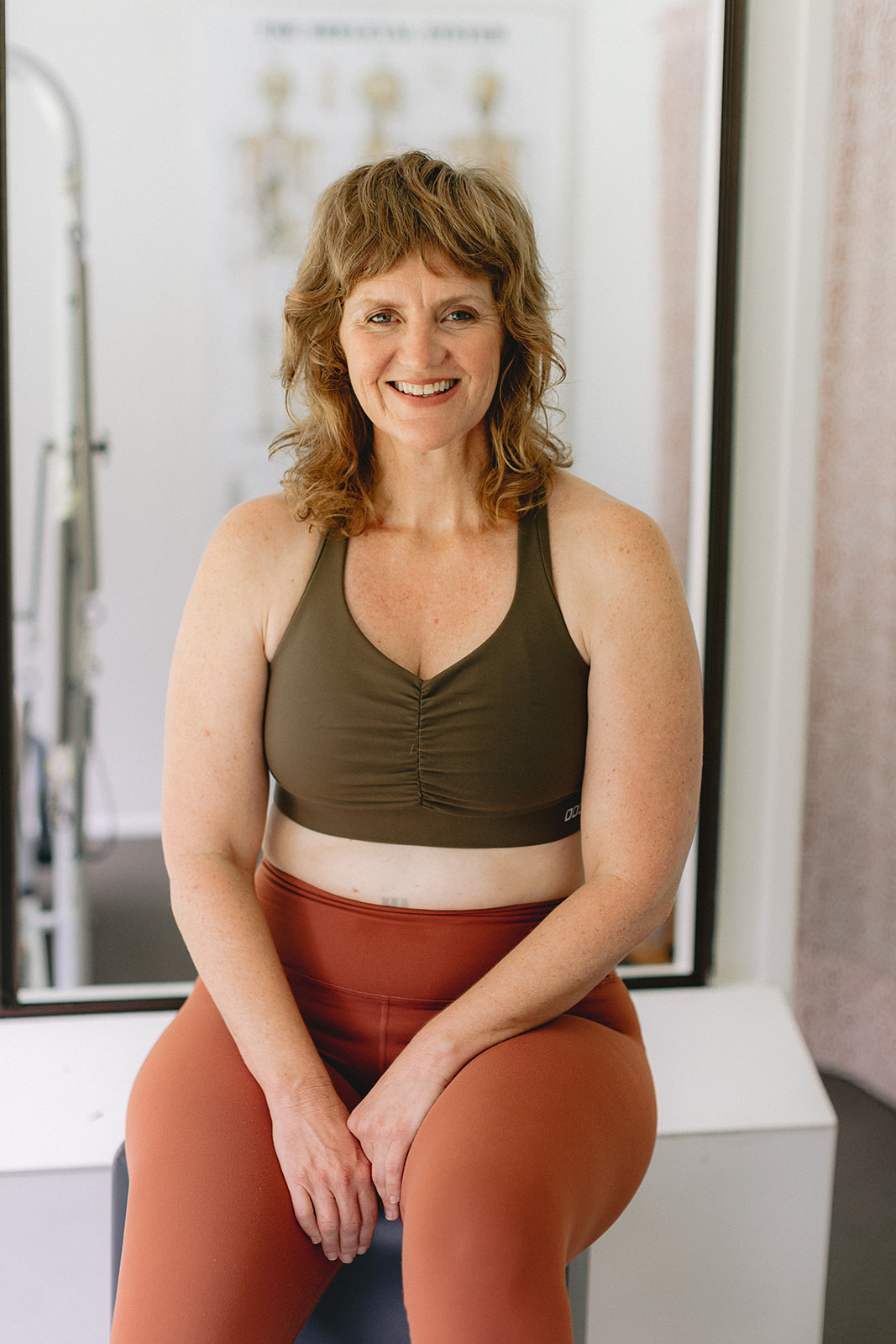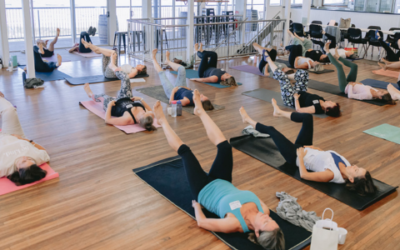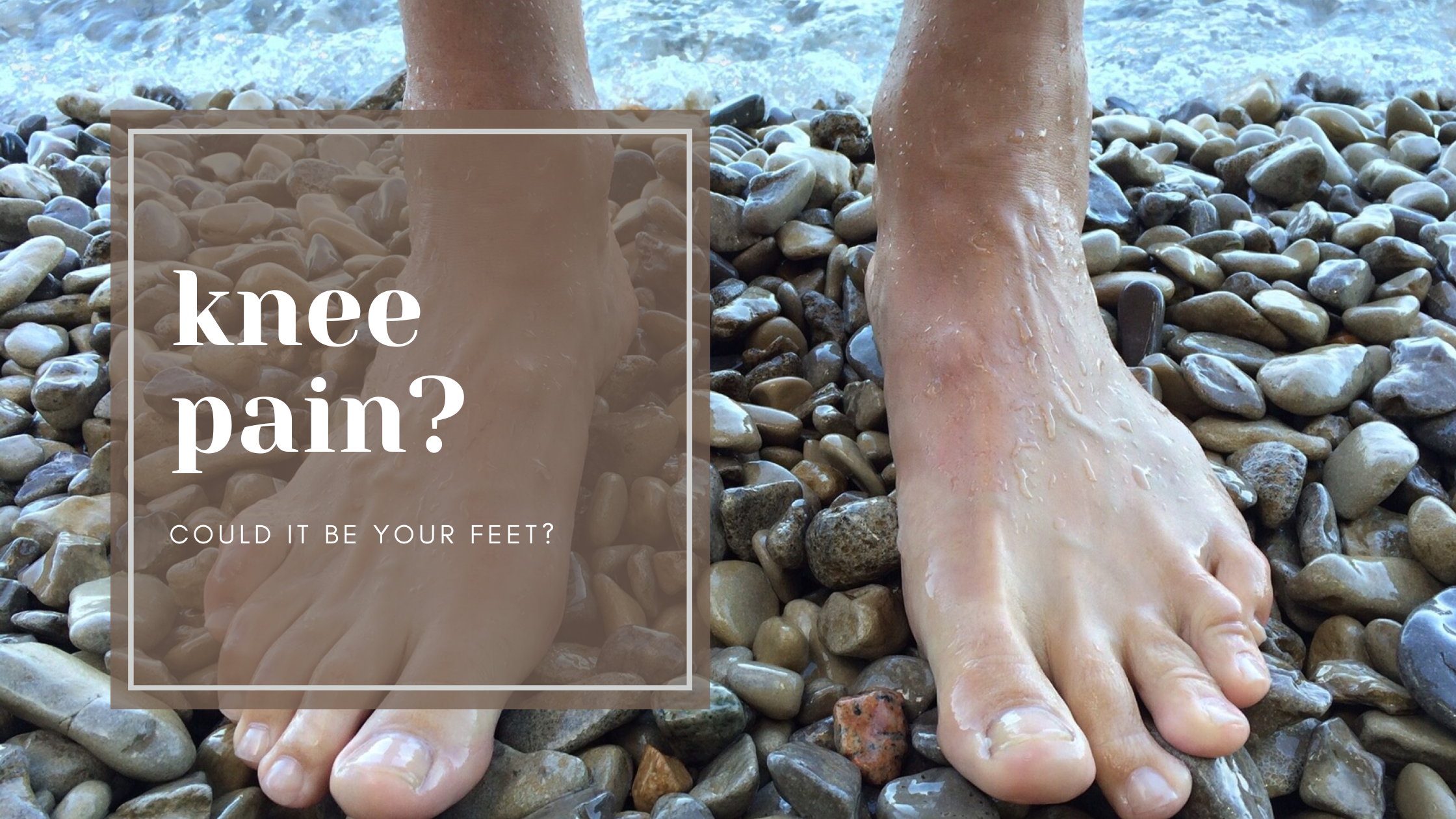I am one of those lucky people who have never had lower back pain through my life, and I am nearing 50. The other day I was in the garden doing hours of digging and I strained my lower back whilst being lassoed by a 5 year old (yes, really). I think that’s when it happened.
Having lower back pain is agony, every time I bent over I felt the strain and it was as if my abdominals had gone to sleep, I felt no support. That was 2 days ago and after my regular Pilates practice and teaching I am feeling much better. I am now beginning to focus exactly on the muscles on the left side of my lumber spine that need more strengthening.
The level of pain shocked me and I have renewed empathy and respect for anyone who lives with that pain, and I have renewed energy to share the solutions I have learnt to help you fix it. I don’t have a magic bullet, only a practice that if you do regularly like 3 or 4 times per week will reduce most back pain.
Back pain can be a mythical beast, Australian’s have a very high rate of spinal imaging for the world and yet often people with severe pain show nothing significant on their MRI’s or X-rays. Although often imaging can give some clear diagnosis to assist with treatment and exercise considerations.
There are some common pathologies that cause lower back pain:
Stenosis: Spinal stenosis is a narrowing of the spaces within your spine, which can put pressure on the nerves that travel through the spine. Spinal stenosis occurs most often in the lower back and the neck.
Protruding or bulged discs:A bulging disc injury is a common spine injury sustained to your spine’s intervertebral disc. It can occur in your lumbar spine (lower back), thoracic spine (upper and mid-back) or your cervical spine (neck). A disc bulge (commonly referred to as slipped disc, can potentially press against or irritate the nerve where it exits from the spine. This nerve pinch can cause back pain, spasms, cramping, numbness, pins and needles, or pain in your legs.
Lumbar strain: A stretching injury to the ligaments, tendons, and/or muscles of the low back. The stretching incident results in microscopic tears of varying degrees in these tissues. Lumbar strain is one of the most common causes of lower back pain.
Sciatica: Sciatica refers to pain that radiates along the path of the sciatic nerve, which branches from your lower back through your hips and buttocks and down each leg. Typically, sciatica affects only one side of your body. Sciatica most commonly occurs when a herniated disk, bone spur on the spine or narrowing of the spine (spinal stenosis) compresses part of the nerve. This causes inflammation, pain and often some numbness in the affected leg.
There are of course many more but for the purposes of this blog I will group these into two broad groups and then go into helpful movement considerations for these conditions:
- Conditions that cause nerve pain: Movement considerations:
- Understand where the pressure on nerves is occurring
- Minimise bending and stretching that increases pressure on nerves
- Continue to develop spinal mobility without aggravating nerves
- Develop movement patterns such as neutral spine and deep abdominal engagement to reduce impingement on nerves
- Conditions that lead to muscular pain
- Encourage spinal mobility from the head to the tail
- Release tight muscles in hips, gluteals and legs
- Work to engage deep abdominals and deep back stabilisers
For more guidance on this seek out a qualified manual therapist or Pilates and movement therapy teacher.
Brigid Pearse is a Pilates and Movement teacher based in Lennox Head offering virtual classes during the lockdown. These are real time classes where Brigid leads clients through an all levels Pilates mat work and movement therapy via the internet. Check out the home page for more details.






0 Comments